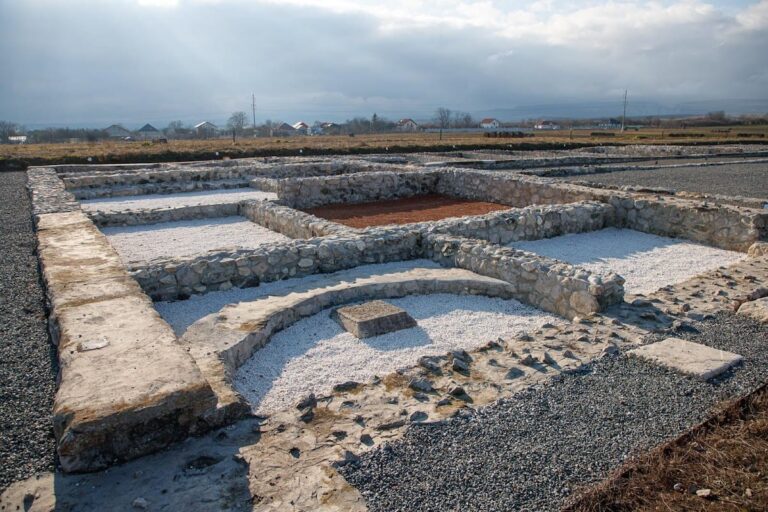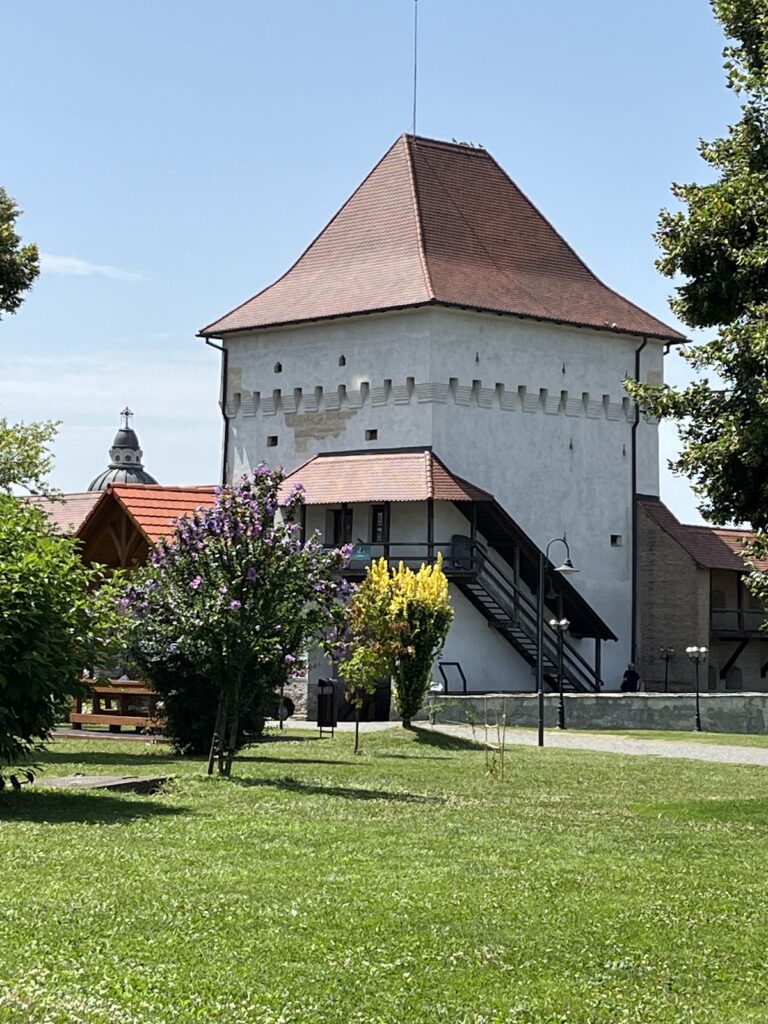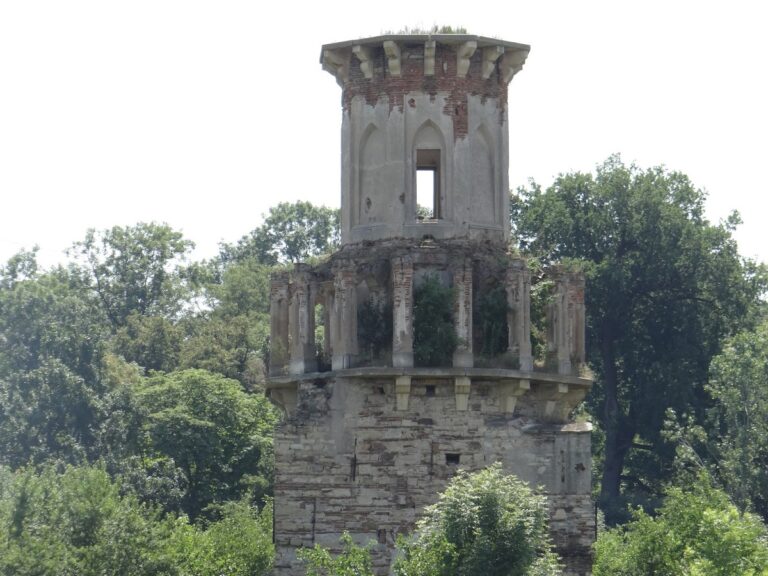Pekri Castle: A 17th-Century Historic Site in Romania
Visitor Information
Google Rating: 4.3
Popularity: Very Low
Google Maps: View on Google Maps
Official Website: bonuspastor.ro
Country: Romania
Civilization: Unclassified
Remains: Military
History
Pekri Castle stands in the village of Ozd, within modern Romania. It was built in the 17th century by an unspecified local or regional power, with exact details of its origins remaining unclear. The castle’s early years reflect the turbulent political landscape of the time, situated in a region frequently contested by various forces.
In 1709, during the Rákóczi’s War of Independence—an anti-Habsburg uprising led by Francis II Rákóczi—Austrian troops set fire to the castle as part of their military operations. The damage was significant, and the building remained in disrepair for some time. It was subsequently restored in 1732, returning the structure to use and maintaining its standing within the community.
The castle passed through various hands over the centuries, becoming the property of Baron Johann Konrad von Konradsheim and his wife Ilona Teleki in the first half of the 20th century. Following World War II, in 1945, the Romanian state nationalized the estate as part of broader postwar reforms. During the communist era, the castle served multiple public functions, including offices related to agricultural cooperatives (as CAP, meaning Agricultural Production Cooperative, offices), a school, a cultural center, and housing for educators. Over time, neglect led to its gradual deterioration.
In the post-communist period, the castle was returned to Ilona Teleki’s daughter. In 1997, she leased part of the estate to the Bonus Pastor Foundation, which restored the granary building and transformed it into a therapy facility focused on addiction recovery. As of 2022, Pekri Castle is featured in Romania’s National Recovery and Resilience Plan, benefiting from European Union funding aimed at a full restoration. The initiative plans to rehabilitate the castle extensively and adapt it for varied community uses.
Remains
Pekri Castle presents as a multi-story masonry structure typical of classical castles from the early modern period, built strongly to withstand both residence and defense. Photographs available show both exterior and interior views, revealing robust stone and brick construction. Despite its enduring form, the castle’s roof and overall structural condition have suffered considerable harm due to long periods of neglect and water damage, causing visible deterioration.
Adjacent to the main building lies the granary, originally part of the castle estate’s agricultural functionality. This structure has been carefully restored with some modifications, repurposed into a center for therapeutic programs addressing addiction. The granary’s restoration contrasts with the main castle’s current state, marking it as the estate’s most significantly preserved and adapted feature.
No inscriptions or decorative elements have been documented at the site, nor have archaeological investigations revealed artifacts such as tools or pottery. The absence of such finds means the understanding of daily life and specific historical details within the castle must rely on its structural history and known periods of occupation and use, rather than material culture. Overall, Pekri Castle remains a notable example of 17th-century masonry architecture subjected to cycles of damage, recovery, and adaptive reuse across centuries.










